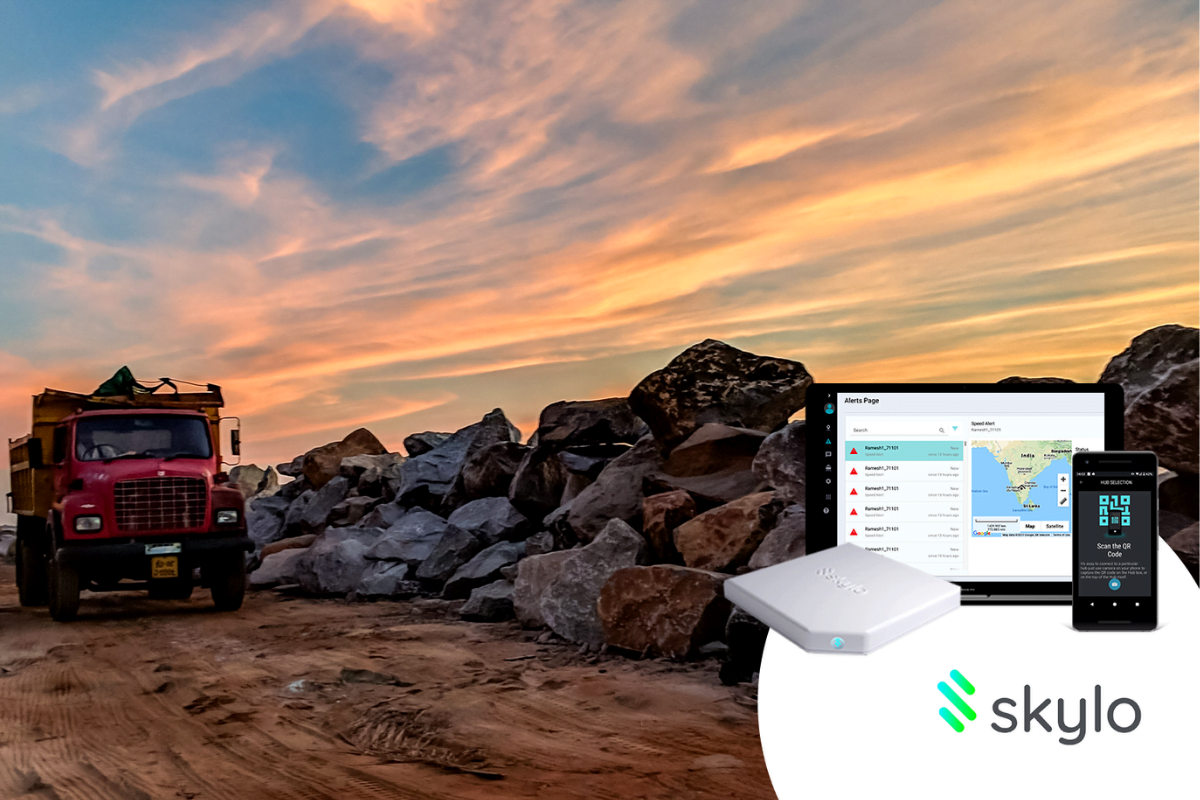
By - Angira Agrawal, COO, Skylo
The Internet of Things, or IoT, refers to the billions of physical devices around the world that are connected to the Internet - collecting and sharing data. It is estimated that this creates one billion GB of data every day. Globally, 42 billion IoT-connected devices are expected by 2025. The Internet of Things (IoT) is projected to reach approximately $1463 billion USD by 2027, and is backed by rising awareness regarding precision farming to aid in the growth, predicts Fortune Business Insights.
Specifically, narrowband IoT (NB-IoT) is unleashing powerful machine and sensor connectivity, delivering specific data, low latency, and increased power efficiency. And, it’s likely to drive millions of different types of connections and use cases.
Connecting billions of devices presents challenges due to several concerns -- security, standardisation, authentication, and ubiquitous connectivity, the number one roadblock when deploying IoT.
Nowhere is this dynamic more apparent than in India, a country largely connected using inadequate terrestrial telecom networks and very limited coverage across India’s vast hinterlands. Today, connectivity remains intermittent at best, often failing totally, while many still experience non-existent coverage in remote areas, where remote farms operate, at the borders, at rural power line stations, at last-mile distribution centres, far out to sea, and many other industrial operations.
Even as IoT deployments grow to connect billions of machines, the increased volume of devices will take the deployments into remote parts, where they will experience little or no connectivity - and what connectivity is available will not be affordable. Existing cell networks are designed where people primarily go, and a significant percentage of these billions of IoT devices will be located away, i.e., outside of cell coverage areas.
Satellites play a major role to solve the connectivity challenge but have been too expensive to consider until now. Skylo is fast changing that and offers disruptively affordable NB-IoT solutions for anyone.
NB-IoT Advantages
NB-IoT is a wireless communication standard that connects devices needing small amounts of data, low bandwidth, and long battery life. It has the potential to broaden the future of IoT, providing improved communications while lowering device power consumption needs. Skylo has combined the ubiquity of satellite-based NB-IoT to provide reliable monitoring, visibility, 2-way communications, and even SOS alerts from anywhere, all the time.
IoT deployments in India’s remote mountain ranges, deep forests, far seas, highways and farms, and industrial plants — which for decades have remained offline due to the limitations of terrestrial cellular networks — will benefit from Skylo’s solution to address affordable 100% connectivity, anywhere under the sky.
IoT is forcing companies to rethink how they approach their businesses by offering secure, reliable, and easy to use IoT connectivity to improve their operations. Skylo helps organisations - small and large - harness their ability to access information from anywhere, at any time on any device. And thus, take higher-quality decisions based on a greater amount of information available across devices.
There are wide implications across a range of important sectors in India, helping advance Digital India using modern technologies. The ability to monitor and trace rental tractors and farming equipment, the visibility into energy and mining equipment in hard-to-reach areas, the enhancement of business operations and the customer experience in logistics, reliable connectivity in maritime far out to sea, and improving outcomes in rural healthcare are just a few applications that will force a shift in India’s IoT-enabled Digital economy.
Disruptive and effective technology solutions such as space-based IoT communications are well on their way to addressing many challenges. As IoT evolves to create breakthrough solutions, it will finally connect many of India’s most remote and underserved communities, integrating them into India’s successful growth story.















